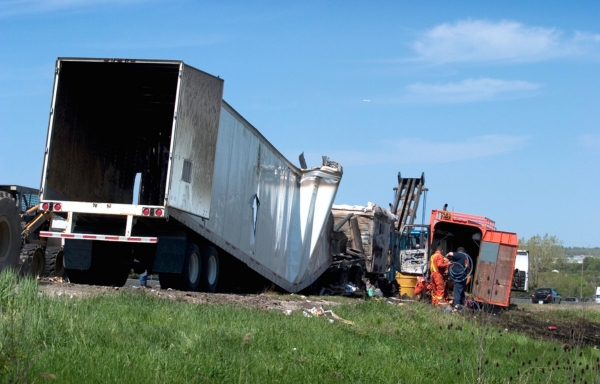Pre-Injury Earning Capacity Choices – Making a “Measured” Difference

Case Summary: Plaintiff, a 45-year-old union carpenter, suffered a lower back injury after a fall from a ladder at a commercial job site. The injury rendered him unable to return to his pre-incident occupation. A DJS Associates, Inc. expert was retained by defense counsel to assess Plaintiff’s claim for lost wages and lost earning capacity. The objective was not to opine on liability or medical causation, but to analyze and quantify the alleged economic damages based on available evidence and industry norms.
Expert Analysis: The initial step taken was to review Plaintiff’s pre-incident earnings history. Payroll records and W-2s for the five years preceding the incident were examined to determine an appropriate earnings baseline. Although Plaintiff reported gross earnings of over $100,000 in the most recent tax year, analysis revealed that this figure included overtime hours that were not consistently available in years prior.
Plaintiff’s most recent W-2 showed gross earnings of approximately $112,000. However, prior years ranged from $78,000 to $105,000, reflecting significant variability due to inconsistent work schedules and overtime availability. A five-year average of $94,600 was calculated and determined to be a more accurate representation of ongoing earning capacity at the time of injury. Though cases vary and there are times in which it is appropriate to use one year of earnings to project future wages, the variation of Plaintiff’s past earnings, along with the fact that the construction trades industry is subject to sometimes large economic fluctuations in a given year, taking an average of several years’ past earnings provides a more reliable and realistic estimate.
Next, post-incident vocational capacity was evaluated. While Plaintiff was unable to return to construction, medical and vocational experts indicated he could perform light-duty, sedentary work. Potential replacement occupations based on Plaintiff’s education, transferable skills, and labor market data specific to the geographic area were analyzed, as opined by the vocational expert. This included referencing the U.S. Bureau of Labor Statistics (“BLS”) Occupational Employment and Wage Statistics for roles such as dispatcher and construction estimator. Reasonable assumptions about reemployment timelines and earning progression were applied, based on vocational expert opinion and job market conditions.
For post-incident capacity, the labor market data suggested earnings for these roles ranged from $48,000 to $58,000 annually in Plaintiff’s geographic region. A midpoint of $53,000 was used for post-injury earnings projection.
Plaintiff’s economic expert assumed a total and permanent disability, disregarding a vocational assessment that found Plaintiff capable of performing alternative sedentary work. Plaintiff’s expert assumed pre-injury earning capacity of $112,000, based on only one year of earnings, Plaintiff’s highest reported year, and estimated a total of $701,431 as the economic loss.
Economic damages calculated to a reasonable degree of certainty should reflect the full scope of available evidence. When vocational experts identify realistic reemployment options, those opinions must be incorporated. Ignoring them leads to overstated and unsupported damage projections.
Methodology: Earnings calculations were based on Markov-model work life expectancy (16.67 years), with growth and discounting based on data from the BLS and the Economic Report of the President, and after-tax income assumptions. Tax rates were based upon tax returns filed and current rates.
| Pre-Injury Earning Capacity | $94,600 |
| Post-Injury Earning Capacity | 53,000 |
| Pre-Injury Tax Rate | 20.68% |
| Post-Injury Tax Rate | 15.00% |
| Worklife Age | 16.67 |
| Growth Rate | 3.33% |
| Discounting Rate | 3.80% |
| Total Net Economic Loss | $480,347 |
Result: Case settled in mediation for $400,000, with the parties citing the objective and defensible nature of Defendant’s expert’s analysis as a key factor in bridging the valuation gap. This amount was a significant difference from Plaintiff’s overall loss estimate, which contained many different variables, including an inflated pre-injury earnings amount based on only one year of earnings.


